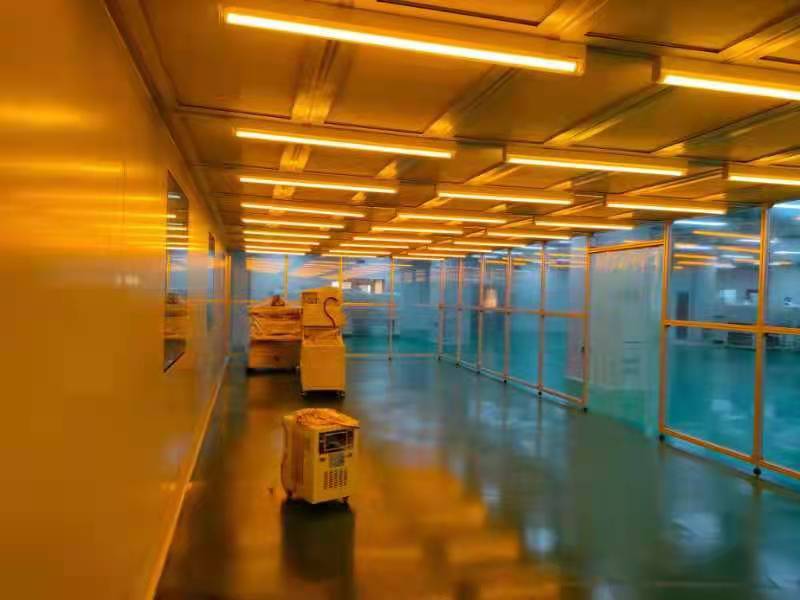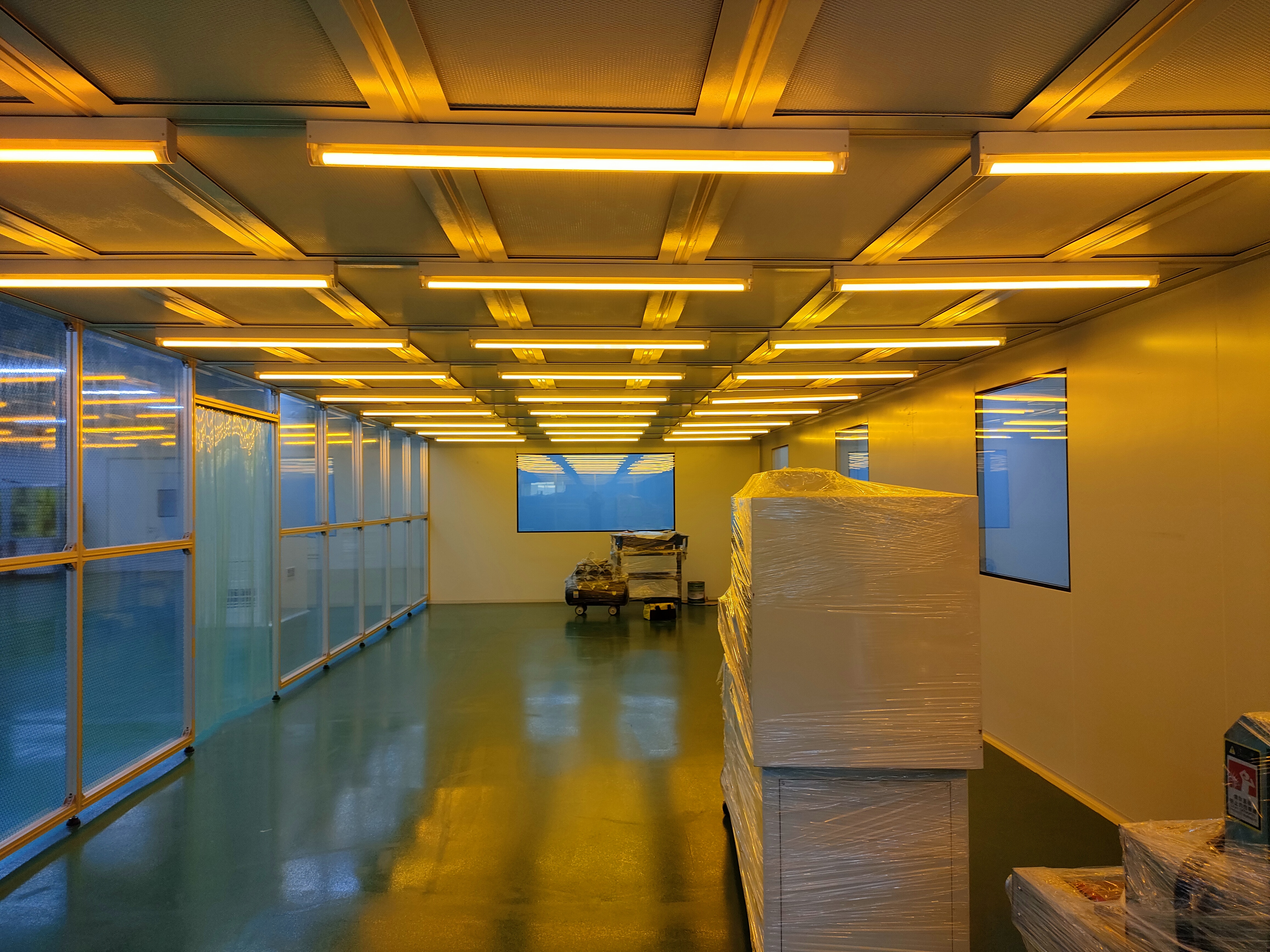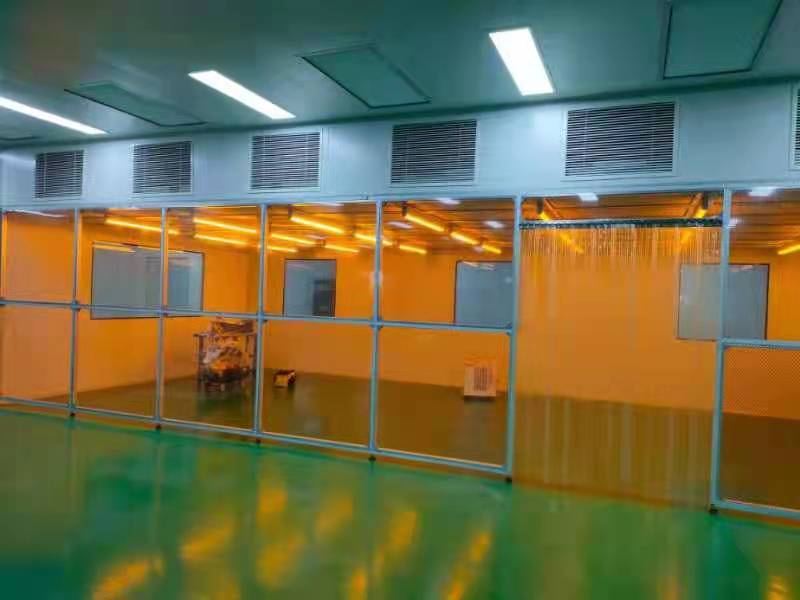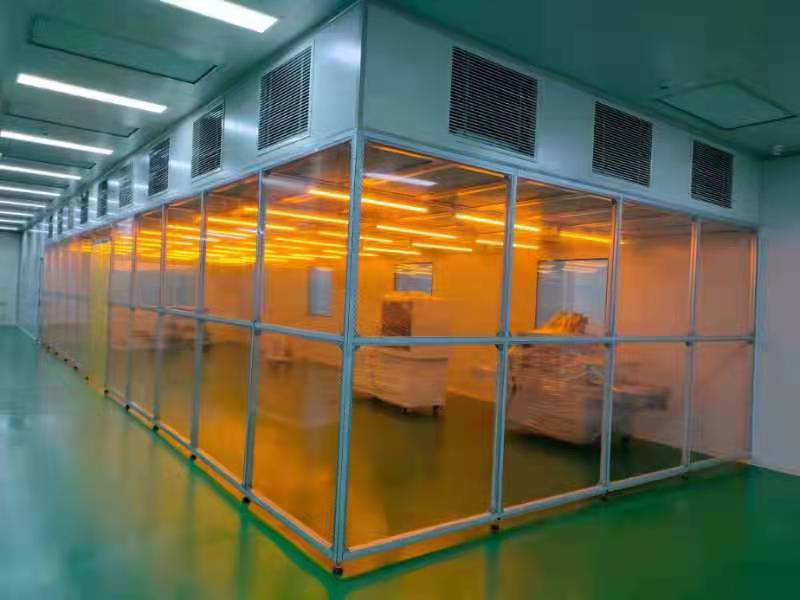

Clean room, also known as dust free room, is usually used for production and is also called dust free workshop. Clean rooms are classified into many levels based on their cleanliness. At present, the cleanliness levels in various industries are mostly in the thousands and hundreds, and the smaller the number, the higher the cleanliness level.
What is clean room?
1. Definition of clean room
Clean room refers to a well sealed space that controls air cleanliness, temperature, humidity, pressure, noise, and other parameters as needed.
2. The role of clean room
Clean rooms are widely used in industries that are particularly sensitive to environmental pollution, such as semiconductor production, biotechnology, precision machinery, pharmaceuticals, hospitals, etc. Among them, the semiconductor industry has strict requirements for indoor temperature, humidity, and cleanliness, so it must be controlled within a certain demand range to avoid affecting the manufacturing process. As a production facility, the clean room can occupy many locations in a factory.
3. How to build clean room
The construction of clean room is very professional work, which requires a professional and qualified team to design and customize everything from the ground, to ventilation systems, purification systems, suspended ceilings, and even cabinets, walls, and so on.
Classification and application fields of clean rooms
According to the standard Federal Standard (FS) 209E, 1992 issued by the Federal government of the United States, clean rooms can be divided into six levels. They are ISO 3 (class 1), ISO 4 (class 10), ISO 5 (class 100), ISO 6 (class 1000), ISO 7 (class 10000), and ISO 8 (class 100000);
- Is the number higher and the level higher?
No! The smaller the number, the higher the level!!
For example: the concept of class 1000 clean room is that no more than 1000 dust particles greater than or equal to 0.5um per cubic foot are allowed; The concept of class 100 clean room is that no more than 100 dust particles greater than or equal to 0.3um per cubic foot are allowed;
Attention: The particle size controlled by each level is also different;
- Is the application field of clean rooms extensive?
Yes! Different levels of clean rooms correspond to the production requirements of different industries or processes. After repeated scientific and market certification, the yield, quality, and production capacity of products produced in a suitable clean room environment can be significantly improved. Even in some industries, production work must be carried out in a clean room environment.
- Which industries correspond to each level?
Class 1: dust free workshop is mainly used in microelectronics industry for manufacturing integrated circuits, with a precision requirement of submicron for integrated circuits. Currently, Class 1 clean rooms are very rare throughout China.
Class 10: mainly used in semiconductor industries with bandwidth less than 2 microns. The indoor air content per cubic foot is greater than or equal to 0.1 μm, no more than 350 dust particles, greater than or equal to 0.3 μm, no more than 30 dust particles, greater than or equal to 0.5 μm. The dust particles shall not exceed 10.
Class 100: this clean room can be used for aseptic manufacturing processes in pharmaceutical industry, and is widely used in the manufacturing of implanted items, surgical procedures, including transplant surgery, the manufacturing of integrators, and isolation treatment for patients who are particularly sensitive to bacterial infections, such as isolation treatment for bone marrow transplant patients.
Class 1000: mainly used for the production of high-quality optical products, as well as for testing, assembling aircraft gyroscopes, and assembling high-quality micro bearings. The indoor air content per cubic foot is greater than or equal to 0.5 μm, no more than 1000 dust particles, greater than or equal to 5 μm. The dust particles shall not exceed 7.
Class 10000: used for the assembly of hydraulic or pneumatic equipment, and in some cases also used in food and beverage industry. In addition, class 10000 dust free workshops are also commonly used in medical industry. The indoor air content per cubic foot is greater than or equal to 0.5 μm, no more than 10000 dust particles, greater than or equal to 5 μm The dust particles of m shall not exceed 70.
Class 100000: it is used in many industrial sectors, such as the manufacturing of optical products, the manufacturing of small components, large electronic systems, hydraulic or pressure system, and the production of food and beverage, medicine, and pharmaceutical industries. The indoor air content per cubic foot is greater than or equal to 0.5 μm, no more than 3500000 dust particles, greater than or equal to 5 μm. Dust particles shall not exceed 20000.


Post time: Jul-27-2023

